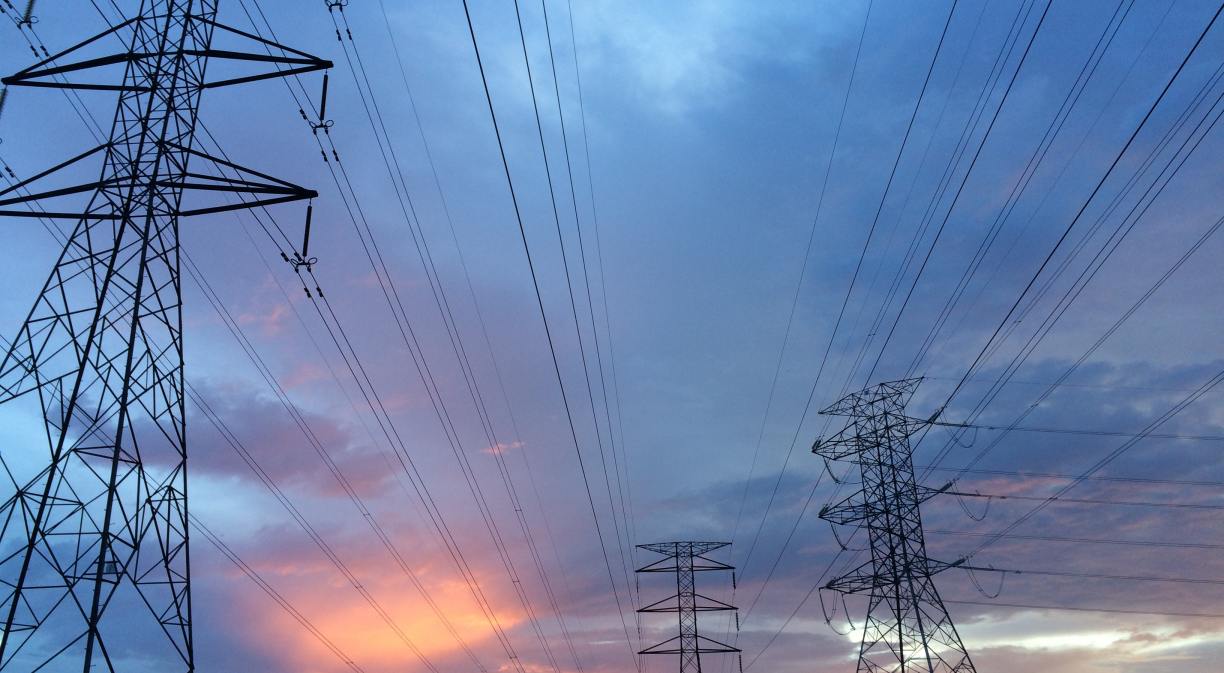Companies are seeking to improve their energy management and make their infrastructures more efficient in sectors such as agri-food and sport. This demand never ceases to grow, as it’s becoming increasingly necessary to develop new solutions to optimise consumption and save costs.
The current times are difficult and we require new ideas to cope with the climate crisis and the rising energy prices. The latter directly affects the productive business fabric and, therefore, the end consumer.
However, digitisation can bring a number of improvements to the organisations’ consumption management. In this regard, incorporating new technologies is key to success.
Striking a balance between meeting our energy needs to ensure our comfort or a service and optimising consumption isn’t easy. However, the costs don’t always reflect our real needs and can lead to excessive and completely unnecessary use.
For some time, with the short and mid terms in mind, energy efficiency has been occupying space (and concern) on the governmental agendas of more and more countries. At the same time, there’s a growing desire to ensure a fair, accessible and sustainable energy supply for everyone, as there’s a commitment to reduce greenhouse gases (GHG) and other polluting gases entering the atmosphere.
Data, IoT, AI and 5G to reduce consumption
Advanced data analytics, artificial intelligence and the Internet of Things (IoT) can be applied to innovations such as low-temperature energy optimisation, heat recovery and the use of renewable energy to lower energy costs, among many others.
In this respect, the deployment of the 5G network will be decisive. According to a report drawn up by the 5G PPP, part of the project titled “Global vision, standardisation & stakeholder engagement in 5G”, the cutting-edge mobile network can bring energy savings totalling as much as 90%.
It’s estimated that the potential increase in data traffic could reach up to 1,000 times the current level, according to the data supplied by GSMA, the association of mobile operators and related companies, as a result of which optimising energy consumption is key, as the global telecommunications industry absorbs between 2% and 3% of energy.
Within this context, connections (and connectivity) will require greater resource consumption, so the search for effective energy-saving alternatives will be vital to the future of the ICT sector.
Given that connectivity and the development of technologies such as IoT, robotics, cloud computing and edge computing are continuing to grow, it’s estimated that there’ll be 100,000 million connections by 2025. These may include 40,000 million devices that form part of the Internet of Things category, according to the data provided by Huawei, the telecommunications equipment manufacturer.
It should also be borne in mind that the elimination of copper from Telefónica’s infrastructures constitutes savings of energy totalling 60% and space totalling around 80%, as a result of which sustainability is assured in this respect.
The growth of the next-generation mobile network and connectivity applications is facilitating the evolution of other technologies such as telemetry. This application opens up a wide field of work for companies offering services as developers of customised telemetry, biometry and home automation systems for business and industrial environments.
Remote measurements can help to gauge quantities such as temperature, vibration, pressure, voltage, altitude, speed and time. This is made possible by the real-time emission of data, so data once again become critical, this time to reduce energy consumption.










